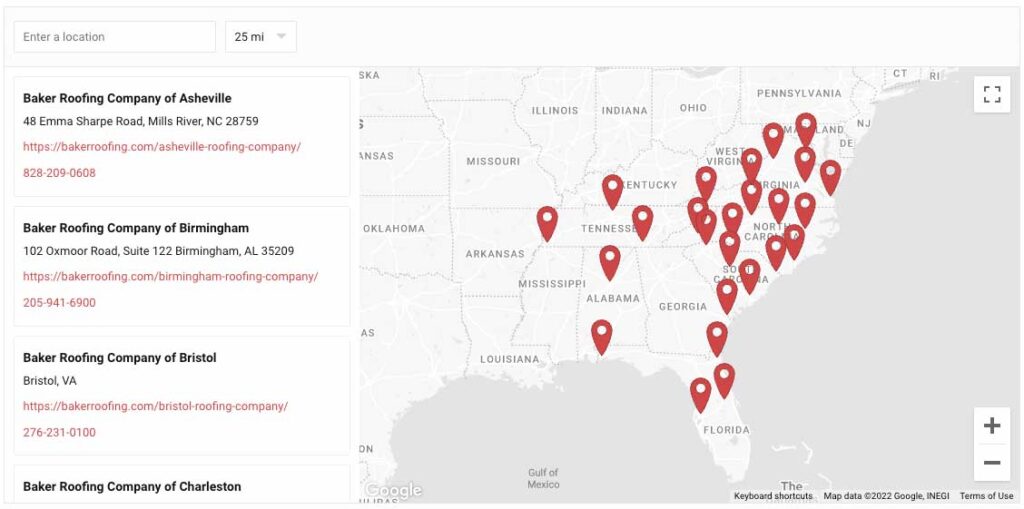A Guide to Knowing the Right Time
Introduction:
Your roof is a vital component of your home, providing protection and shelter for you and your loved ones. Over time, however, even the most well-built roofs may require attention and maintenance. As a homeowner, it’s important to be aware of the signs indicating that it’s time to consider replacing your roof. In this blog post, we’ll guide you through the key factors to consider when deciding if it’s time for a roof replacement.
Age of the Roof:
The age of your roof is one of the primary factors to consider. Most residential shingle roofs have a lifespan of 20 to 25 years, depending on the materials used. If your roof is approaching or has exceeded this age range, it’s wise to start assessing its condition. Older roofs become prone to deterioration, leaks, and other issues that may compromise their integrity.
Roof Shingle Condition:
Inspecting the condition of your roof shingles is crucial. Look for signs of wear and tear, such as cracked, curled, or missing shingles. Additionally, if you notice an excessive number of granules in your gutters or on the ground near your downspouts, it may indicate that your shingles are reaching the end of their lifespan. Where damaged or deteriorated shingles are consistently found throughout the roof system, a complete replacement may be necessary to avoid vulnerabilities due to water infiltration and damage from leaks.
Leaks and Water Damage:
Water leaks are a clear indication that your roof needs attention. If you notice stains on your ceiling or walls, or if there are visible signs of water damage in your attic, it’s crucial to address the issue promptly. Sometimes leaks can be fixed with repairs, but if they persist or become recurrent, it might be a sign that your roof is no longer providing adequate protection.
Energy Efficiency Concerns:
A roof that is no longer energy-efficient can lead to increased utility bills. If you’ve noticed a significant rise in your heating or cooling costs, it may be a sign that your roof insulation has deteriorated or is insufficient. Replacing your roof with energy-efficient materials can improve insulation, reduce energy waste, and save you money in the long run.
Visible Structural Issues:
Regularly inspect your roof for any visible signs of structural issues. Sagging areas, drooping or buckling roof decks, or signs of rotting may indicate significant problems with the underlying structure. If you notice any of these issues, it’s essential to consult a professional roofer who can assess the extent of the damage and recommend appropriate actions, which may include roof replacement.
Conclusion:
Understanding when to replace your roof is vital for maintaining the safety and longevity of your home. By considering the age of your roof, the condition of the shingles, the presence of leaks or water damage, energy efficiency concerns, and visible structural issues, you can make an informed decision about whether it’s time for a roof replacement. Remember, consulting with a professional roofing company can provide valuable insights and ensure that your new roof meets your needs and safeguards your home for years to come.



